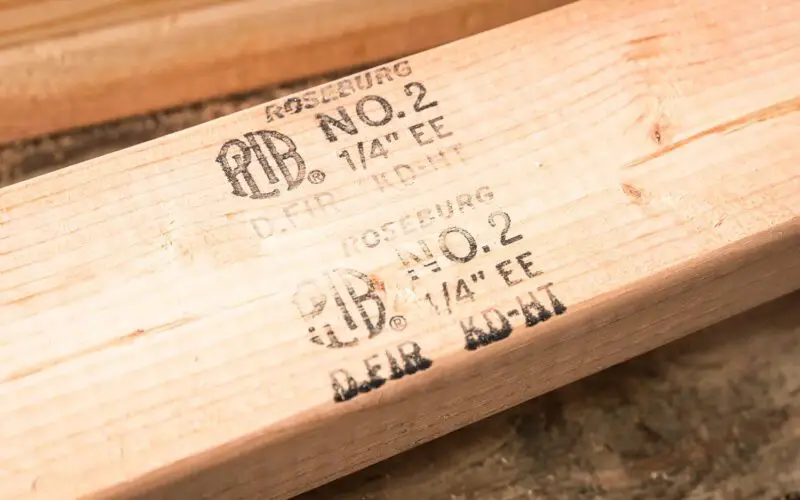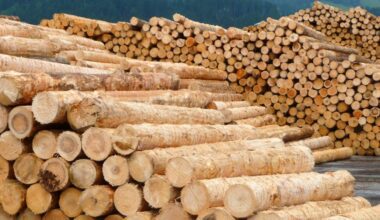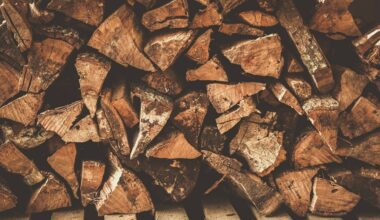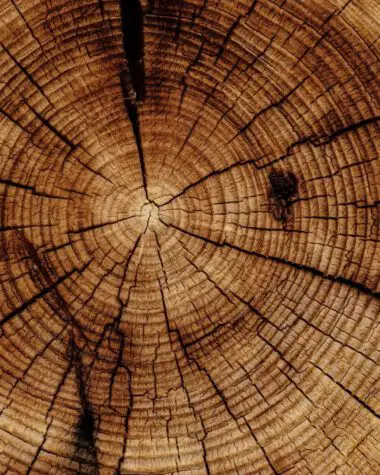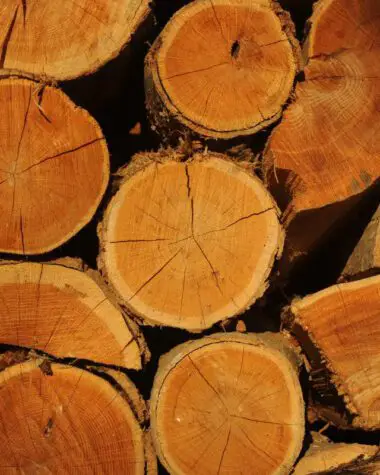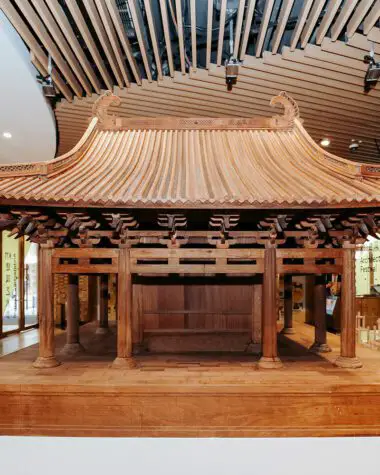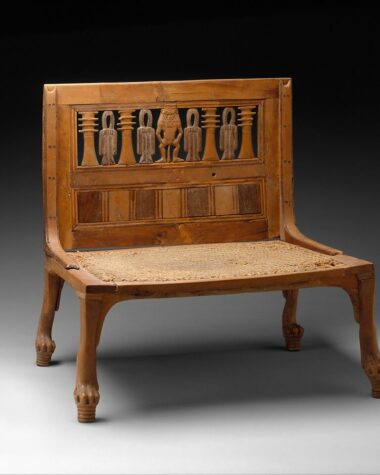Lumber is the term used to call a sawn and shaped wood product after its harvest from tree timbers. Meanwhile, wood has flaws that affect the appearance and structural qualities of the lumber, since it does not grow with consistency.
In the United States, lumber is graded to ensure a degree of predictability in the aesthetic and structural value of mills’ final products. Both hardwood and softwood lumber have grading systems. Thus, this article explains the meaning of each grade and provides an overview of both.
Hardwood and Softwood
Two of the most common types of wood are softwood and hardwood. However, their differences rely on something other than the meaning of the word they imply. It means they do not accurately describe how hard the wood is in comparison. Softwoods are coniferous trees, more generally known as evergreen trees. Instead of having leaves, these trees are identified by their presence of needles and cones.
On the other hand, angiosperms, flowering trees with large leaves that lose their foliage in the fall and winter, are the source of hardwoods. These trees produce more intricate and fascinating grain patterns than softwoods because they contain pores on their surfaces and vessels that serve as water delivery systems.
Related Post: Sapwood vs. Heartwood
Lumber Grading
The construction industry depends on a set of lumber grading standards. These standards refer to a uniform method to assess the wood quality because there are so many variations among the physical features of wood and the acceptability of its characteristics. Thus, they explain how each piece of wood can be used for building and what to expect from its quality. Meanwhile, each type of wood has its grading system since hardwood and softwood differ significantly.
Softwood Grading
The US Department of Commerce publishes the lumber grading in the USA in the form of the American Softwood Lumber Standard. In terms of softwood grading, it is categorized into two: construction and remanufacturing. Remanufacturing involves wood that goes through a secondary manufacturing process to become paper, boxes, and so forth. But in this section, we’ll talk about construction grading, subdivided into three categories.
1. Non-stress graded
Although appearance is still considered, especially in the higher classes, functionality is the main factor in grading lumber. The grade of the boards decreases as they have more knots and flaws. The grades within this category are:
- No. 1 (Construction)
- No. 2 (Standard)
- No. 3 (Utility)
- No. 4 and 5 (both classified as Economy)
2. Stress graded
One can recognize this softwood grading as a 2” x 4” or dimensional lumber used for posts, beams, and other uses where it will bear weight or stress. For this reason, the United States employs a single set of grade names and descriptions to ensure their use is uniform, secure, and standardized. They are rated according to their strength, stiffness, and size uniformity. Within this subcategory, the grades are:
| Category | Descriptions |
|---|---|
Structural Light Framing | This one refers to lumber with dimensions of 2” x 2” and 4” x 4”. As the name suggests, it is commonly used for engineered wood trusses with grades from No. 1-3. |
Light Framing | This employs the same size range as structural light framing for purposes where the lumber doesn’t need to support as much weight, such as wall framing, windowsills, and other applications. This grading is divided into utility and construction quality. |
Stud | Any size of lumber may be used in a load-bearing wall, and this grading applies to lumber utilized vertically. |
Structural joists and planks | This grading is for softwood lumber between 2”x 5” and 4”x 18”, the largest lumber grade. Meanwhile, this grading is best used for floor joists, rafters, and ceiling joists. They are ranked from select structural to No. 1, 2, and 3. |
3. Appearance
As the term shows, this lumber grading emphasizes the appearance of the wood. Thus, builders favor appearance-grade lumber for softwood furniture with a natural finish, trim, siding, and paneling.
However, not all lumber that is appearance-graded is given the same designation. There are various grade classifications for some wood species and products with distinctly diverse colors. Thus, most woodworkers and builders recognize four letter grades for appearance lumber, A, B, C, and D, to condense all these distinctions. Grades A and B are combined to form the B and better grade (B&BTR).
Hardwood Grading
Since all hardwood timber uses the same set of grades, the grades are much simpler to designate and understand. In this system, appearance is one of the essential characteristics, and the highest-graded lumber needs to be defect-free. Also, size matters in hardwoods because higher grades contain more usable material that is visually acceptable than in lesser grades. With that, here is a grading breakdown for hardwood lumber:
| Category | Descriptions |
|---|---|
| Firsts and Second Lumber Grades (FAS) | These are boards that are longer than 8′ and wider than 6″. Boards must produce 83 1/3 percent clear face cuttings on both sides to be eligible for this highest wood grading. The minimum size is 3″ wide x 7′ long or 4″ wide x 5′ long (this denotes that the piece of the board acquired by cross-cutting is clear on both sides). |
| FAS One Face (F1F) | This grading satisfies the same requirements as FAS, except only one side needs to comply with the clear face requirement. |
| Selects (SEL) | These must be at least 4″ wide and 6′ long and satisfy the same specifications as F1F, but they can be smaller. |
| No. 1 Common | Shop-grade wood, referred to as “cabinet-grade” wood, is the subject of this wood grade. It is smaller (3″ broad x 4′ long) and has a 66 2/3 percent clear face. |
| No. 2A and 2B Common | The boards, which are 3″ broad and have a minimum length of 2′, must give 50% clear face cuttings and be used for flooring and paneling. |
| No. 3A & 3B Common | This low-grade wood needs to produce 33 1/3 or 25 percent clear face cuttings, respectively. Both must be 4′ long and 3″ wide. It is ideal to use them for fencing and palettes. |
What’s The Difference Between Wood Grade And Quality?
It is important to distinguish between wood grade and quality, which relates to the final product following the production process. With those words:
- The grade of wood refers to the wood’s natural appearance, including any knots, streaks, shakes, or wane. It means that the wood has not been modified or processed.
- Quality refers to the resulting wood after being modified (length, width, depth, finish, color).
Therefore, wood grade and quality are very different elements to describe wood. Nevertheless, they are interrelated. For instance, a lesser grade of wood can be created to the highest standards and provide the best quality flooring. Meanwhile, a higher grade of wood, if manufactured improperly, will also provide the lowest-quality flooring.
Wrapping Up
Wood is a very useful recyclable material. As a specifier, you may choose what you prefer to use by knowing what timber grading is and what distinctions each grade denotes. By communicating your expectations for your timber material, you can establish a level of expected consistency within its diversity.
To find out who we are and what we can do, you are more than welcome to visit our about page. We bring you the best information and wood facts you need from A to Z.
